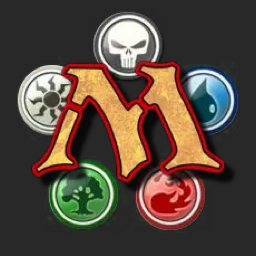

Making generalizations about people is a problem when the generalization is false or misleading, or is being used to make a false or misleading argument, which is often the case. If you’re wondering if a given generalization is problematic, odds are the answer is ‘yes’ otherwise you probably wouldn’t think of it as a generalization.







I’ve heard WD40 works on some glue residues. Couldn’t hurt to try it.